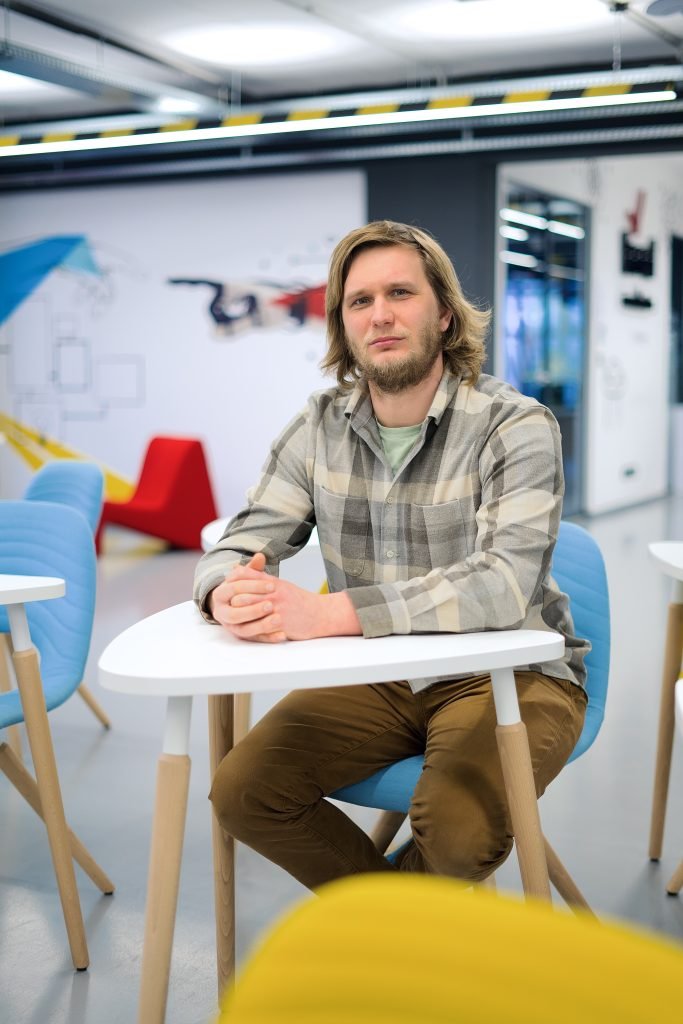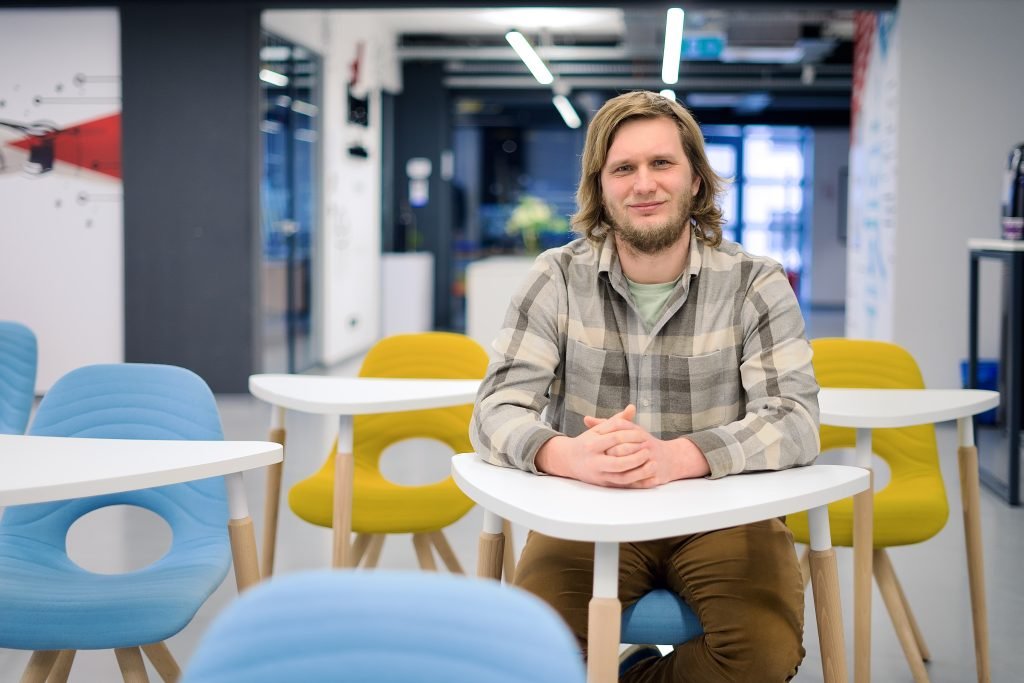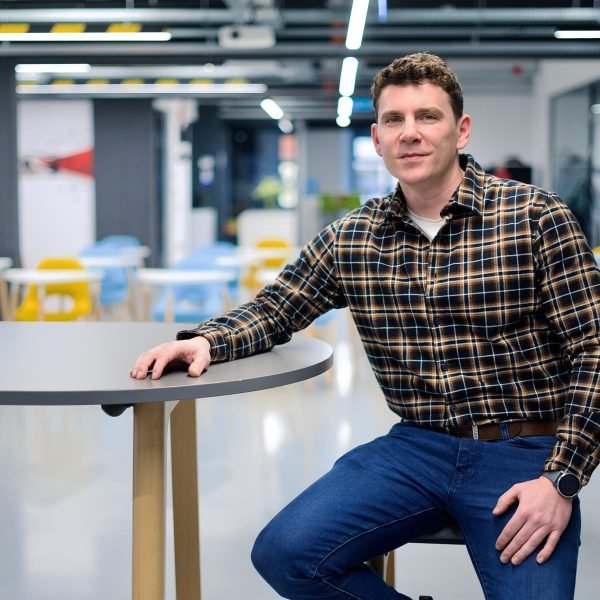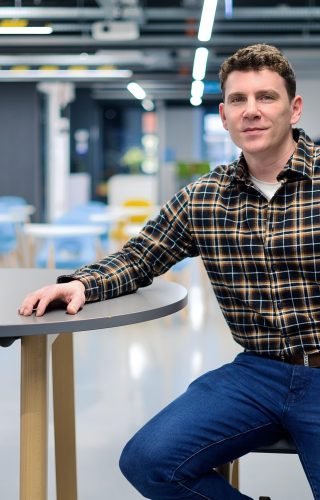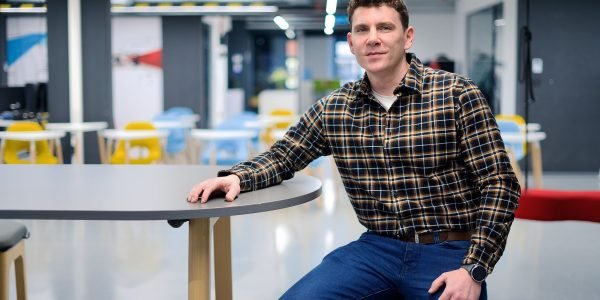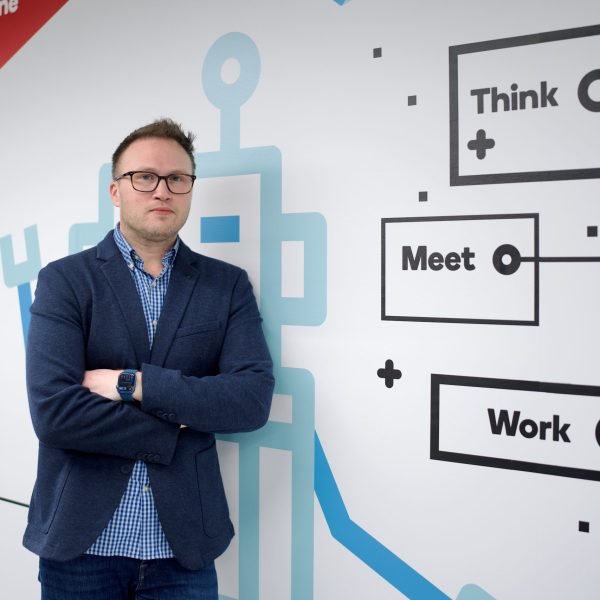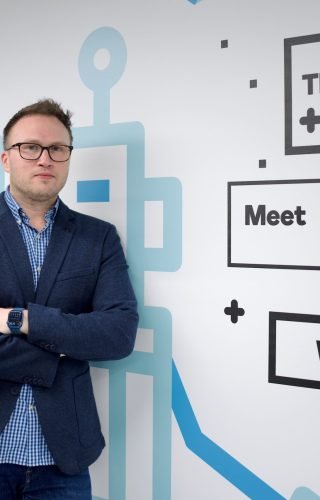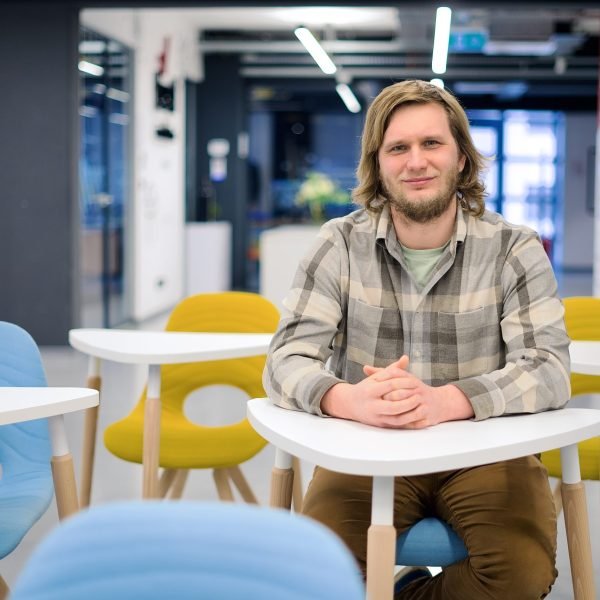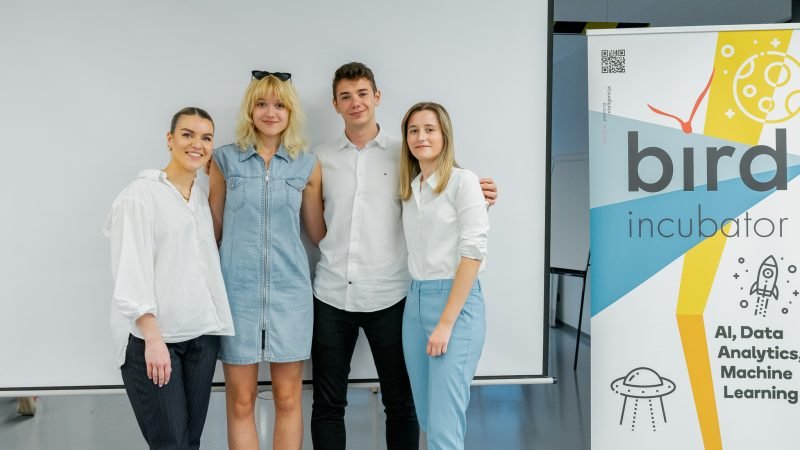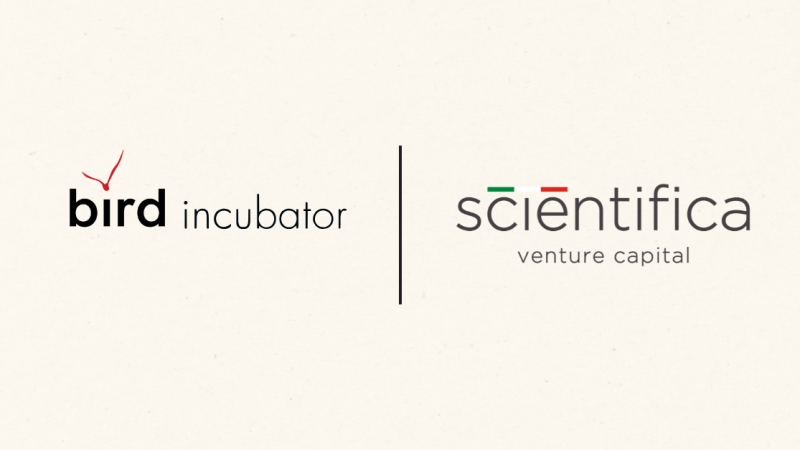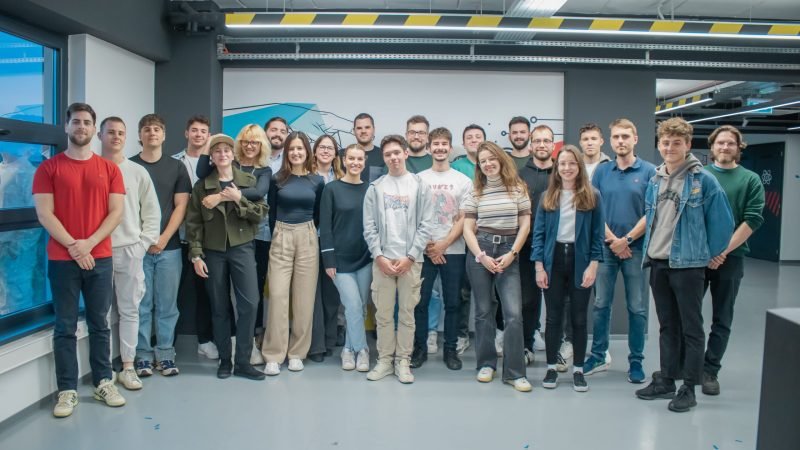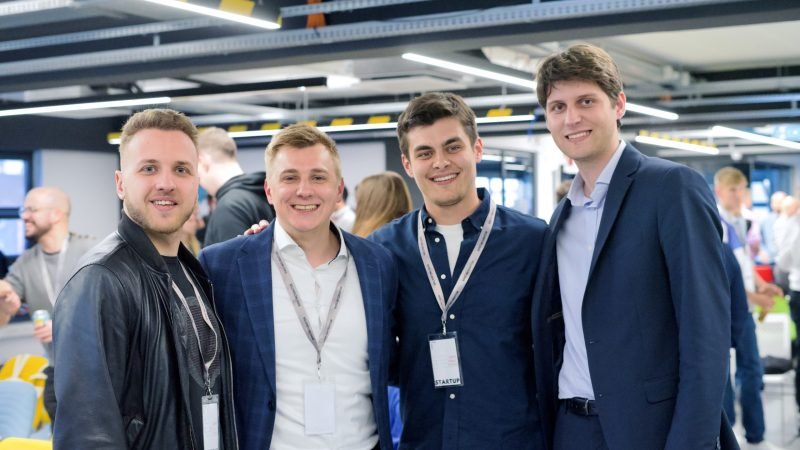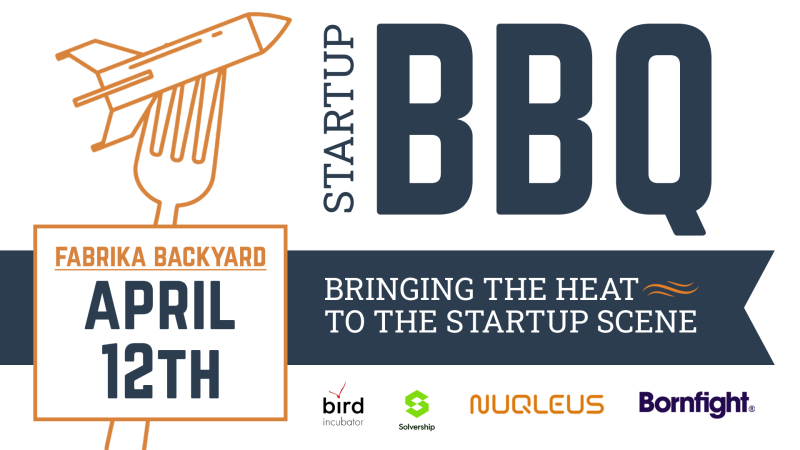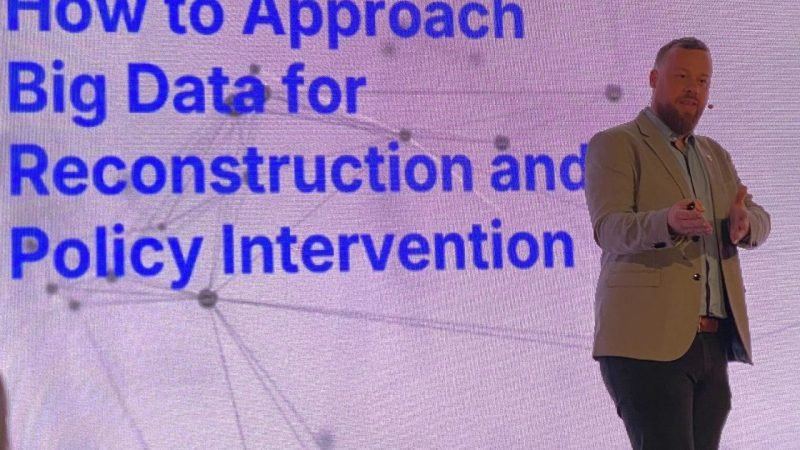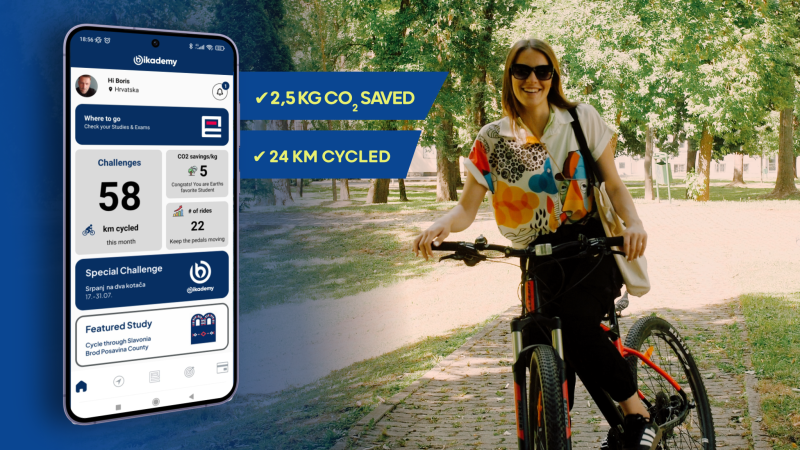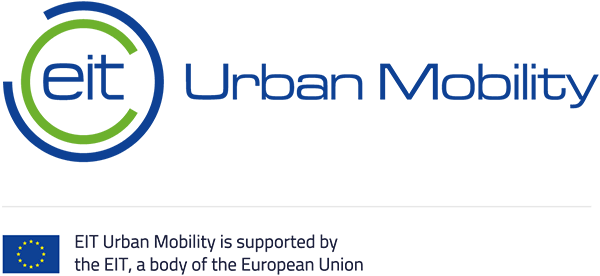People have been building things for a very long time. Boats, huts, spears… You name it. Businesses have also been around for a while, and people seem to be pretty good at that too. The Croatian word for this type of ambitious individual is poduzetnik, while in Finnish it is yrittäjä, with the former alluding to a foundation from which to build and the latter linked to attempting something, most probably multiple times.
Language is an interesting constant in our lives, while trends come and go. In the context of poduzetnici, there are clear phases. For centuries, people solely wanted to have control over their destiny and provide a better life for their family. Opening a corner deli was the perfect solution. Although there are some examples of corporations throughout history (think Dutch East India Company or Carnegie Steel), the 18th and 19th centuries were mostly about solo entrepreneurs providing a highly specific service. However, the start of globalization meant that there were clear opportunities to connect markets that had literally been worlds apart years before, and the birth of the Internet opened up an even larger market, enabling savvy opportunists to make fortunes connecting people.
Although I clearly remember predictions of people moving around in flying cars and jetpacks in 2025, our progress further into the 21st century is marked by strong decentralization as the borders between countries blur and we are more interconnected than ever – think about the virtual banks Wise or Revolut, or linking your solar panels to the municipal electricity grid for passive income. I now openly welcome quips of idealism and “being a hippie” as I contemplate whether there is a stronger urge than ever to return to the basics, which includes more meaningful forms of connection. The record levels of mental health problems and the prevalence of burn-out really forces us to question whether we have achieved the pinnacle of progress, and it is now time to decelerate. This is also mirrored in global geopolitics, as nations look to bring supply chains closer to home.
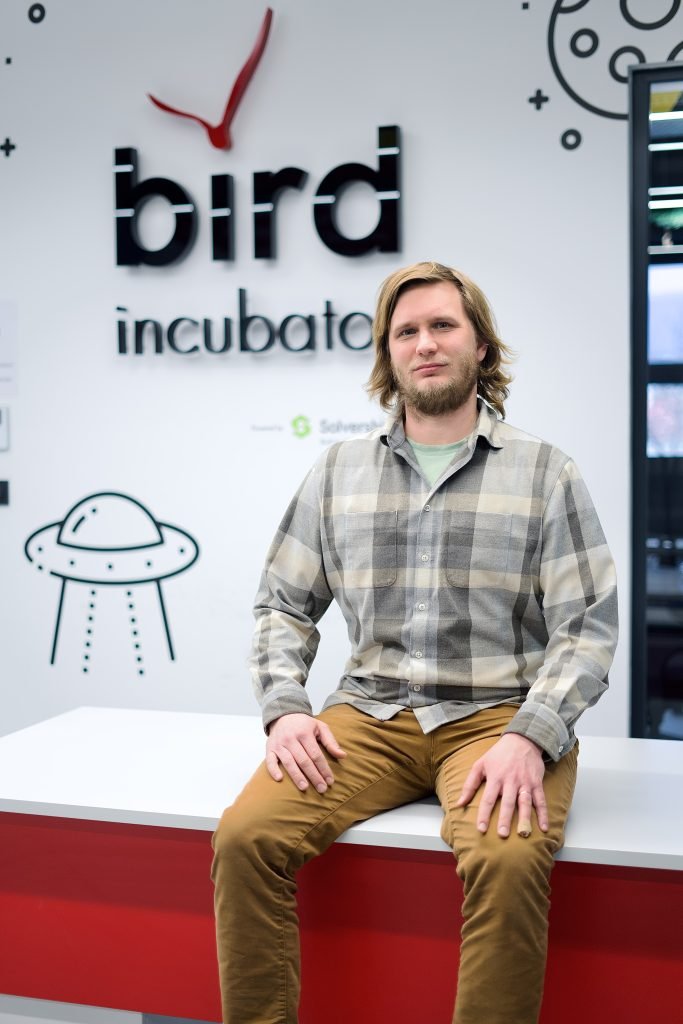
Anyways, how is all of this related to Bird Incubator and AI? Well, there are plenty of opportunities to found ridiculously successful companies based on identifying a global problem and providing a simple solution. Take Andy Puddicombe, the founder of Headspace (current valuation: €3bn), who is a former Buddhist monk and simply wanted to help people around the world meditate. He started with this burning need to help people burdened by mental health issues, which was followed by financial success. Going back to Wise, the founder Kristor Käärmann was frustrated with paying exorbitant fees to switch British pounds to Estonian crowns, and providing an ingenious solution to this problem resulted in a company worth north of €13bn.
What links these two founders? Laser focus on a simple solution to a universal problem rather than getting too excited about SAM and SOM before having an MVP. This is what my professional life is all about: working with founders who have a wickedly simple idea that solves a widespread problem and whose unstoppable drive is evident from the get-go.

So, Let’s Shift to Impact
Impact – in the business world – I would describe as the misunderstood black sheep of the family who goes on to open a wildly successful organic ice cream brand. This is a field that is most certainly still in the developmental stage, but the explosive growth of impact investing foreshadows what tomorrow’s economy may look like. Note: this is just my opinion, feel free to get in touch to argue about why I am wrong.
If you want to chat comfortably with impact investors, it is important to know their lingo, and I will run through a few of the most important concepts. First is a concise definition of impact, and how it differs from company performance. A key characteristic of impact is that it is multidimensional, and can span various aspects. Essentially, it is used to describe the extent to which a company succeeds in the mission, or the reason the company was formed. In most cases, it is measured using the three pillars of E-S-G (Environment, Social, and Governance), but can apply to issues such as justice and community.
Furthermore, impact can be presented with both qualitative and quantitative metrics, as shifts in consumer mindset or community development are difficult to report in purely quantitative terms. This is the main difference between company performance, which reflects financial activity over a certain period. Although company performance can involve various metrics such as profit, P/E ratio, or overall indebtedness, these are ultimately one-dimensional, as they involve a set formula, with the results measured over time. This is why I commit most of my time to impact, as it can evolve over time, adopt new trajectories, and benefit both the company and society.
Theory of Change: A Crucial Framework
Another term which is deeply linked to impact is theory of change. This is a framework that helps impactful businesses (with purpose-driven businesses a synonym) chart what steps to take to achieve their current mission. Under this framework, the mission serves as the basis for the impact statement, which is a one-liner describing the actual change the company hopes to achieve, for example, becoming a brand known for supply chain transparency and the use of sustainable, bio-based materials in sneakers.
This (the impact statement), is preceded by the outcomes, which are mid-term goals the company has, and outputs, or progress points the company can measure and report. An example would be “obtaining third-party certification of the bio-based content of sneakers”, which is an output that, over time, results in the outcome of “having a dedicated following by eco-conscious consumers who understand the value of environmental protection”. Outputs are the result of activities, which in this example could be “setting up an efficient production process that can use bio-based materials as an input” and “supply chain management to ensure timely delivery of organic, bio-based materials”. At the beginning of a theory of change lies the inputs, which are the basic necessities for founding the business, such as facilities, funding, and in the case of bio-based sneakers, “research concerning the most environmentally-friendly materials”.
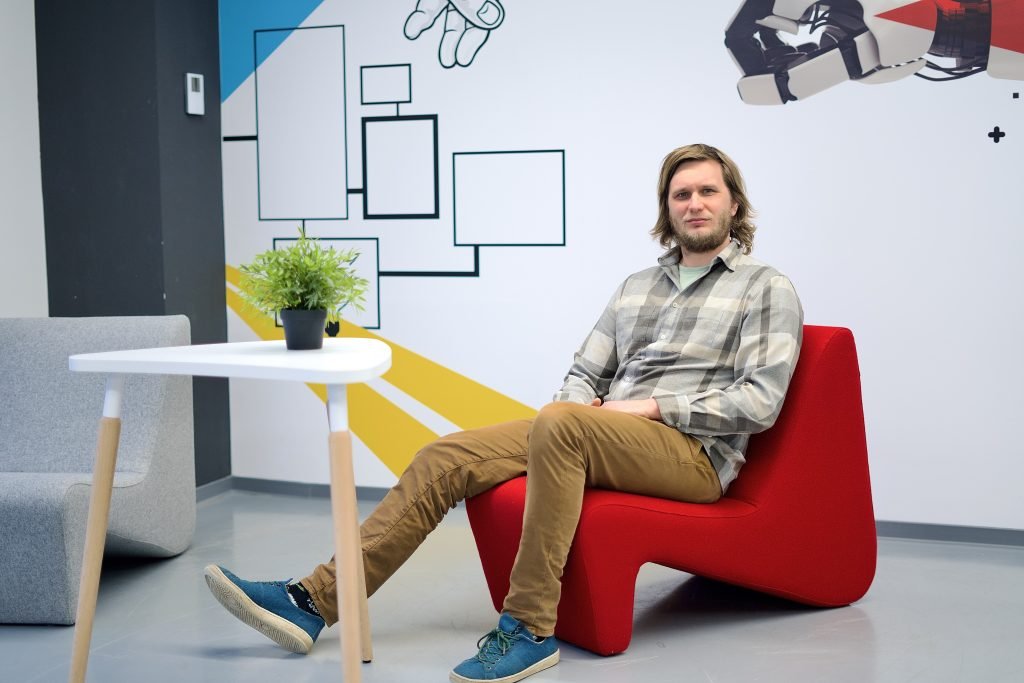
The Power of Mission & Vision
Impact investors are also quite obsessive about a portfolio company having strong mission and vision statements. So, if you are leaving this as a last part of your pitch deck and using ChatGPT to provide you with something sleek, think again. I would advise that you consider these at the start of any endeavor you take, and then return to them periodically to see how they have shifted. In most cases, they will change considerably over the first few iterations, and then settle on something that you truly believe in.
Most importantly, your mission is why the company was founded, and what you are doing in this moment, whereas the vision statement describes the future you hope to mold.
Impact and Focus: The Essential Ingredients
Circling back to passing thoughts that I may be labelled a “hippie,” impact work may seem highly abstract, but at the end of the day it is useful for identifying the actions that you need to take tomorrow, next week, and at the end of the year. Passion and drive are quirky characteristics, which require the company of focus. Otherwise, you may end up in the peculiar situation of having plenty of motivation but a bare bones strategy. There are many founders who start off moving in ten different directions, and – more times than not – this results in unnecessary pivots down the line and a potential for the initial motivation to fizzle out.
